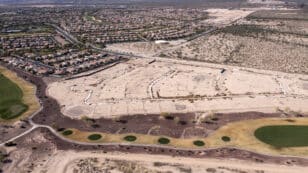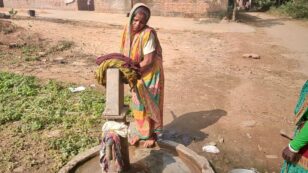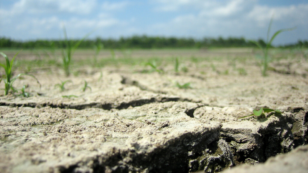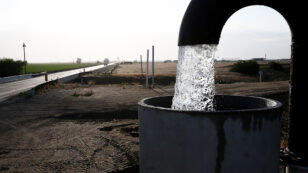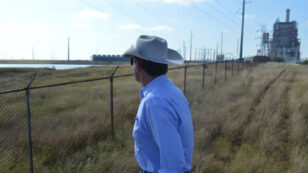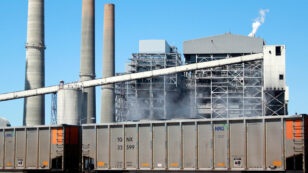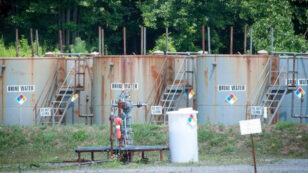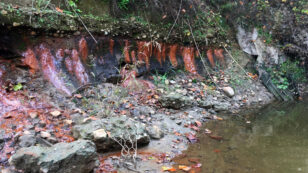
Researchers Find PFAS on Ski Slopes
Researchers from The James Hutton Institute in Aberdeen, Scotland and the University of Graz in Austria have found PFAS from ski wax on the snowy slopes of ski resorts in Austria. The findings raise concern on the impact these “forever chemicals” could have on the local environment, particularly groundwater. The study, published in the journal […]

 233k
233k  41k
41k  Subscribe
Subscribe 

